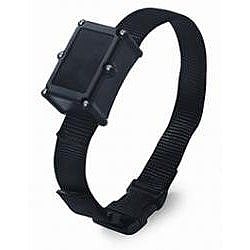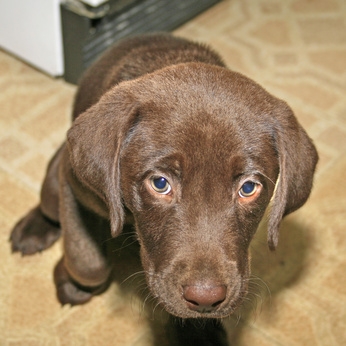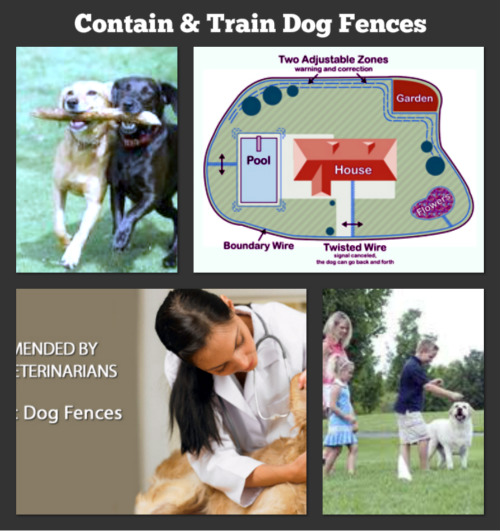Having a dog inside of the home can certainly be a challenge, especially when belongings are getting damaged. You are that end of the rope after experiencing chewed up rugs and torn curtains. Follow the advice in this article and soon you and your pet will be living together in peace and harmony.
One of the easiest ways to prevent chewed furniture is to put your dog outside, or keep him in his cage indoors while you are away. If you can't put him outside due to regulations or weather, use dog gates to make certain rooms inaccessible, and put valuables in high places.
Never raise your voice to your dog during training. Shouting will cause your dog to bark more because they think that you are reacting positive to their behavior. This can lead to a vicious cycle of barking and yelling, so try to stay calm while squelching your dog's barking.
When using a leash on your dog, ensure the leash remains loose. Dogs love exploring when they get to walk. Many dogs will strain against the leash due to their eagerness. The smart owner will deter this behavior by having his pet walk without tension on the leash.
Make sure your dog knows how to obey, to reduce the frequency of their barks. When it starts barking, show them the treat and say the command until it quits barking. You can then give it the treat. Repeating this enough times can help them associate the treat with the quiet command.
To get a dog to sit, place him standing upright and hoist a treat into the air. Throw the treat right above him and then put your hand behind his back. This causes your dog to look up while trying to follow your hand motions. Dogs are likely to sit when doing this.
If you are going to be leaving the house for any extended period of time, make sure you take your dog on a lengthy walk before leaving. If you tire them out, they will be better able to handle feelings of anxiety when they are alone and separated from you.
Don't overlook check-ups for a pup. If you have a hard time training your dog, you should take them to the vet. Dogs can hide pain and discomfort very easily. So many times behavioral changes are the only clue that there is a health issue. For instance, sudden aggression in an otherwise docile dog can indicate that he is in pain.
Start your training by teaching the "down" command to your dog. You can use this in emergencies, but also as a stepping stone to many other training skills. If your dog responds promptly to the DOWN command, it will serve you well. It could save his life in potentially dangerous encounters.
When crate training your new puppy, take it in small manageable steps so the animal can become accustomed to the changes easily. Once your dog seems to have acclimated to the crate itself, close the gate and feeding him through it. Leave them in for short periods of time, as little as 10 seconds. Work up from there. If the dog becomes overwhelmed, it means that you are moving too quickly for them.
You never want to give your dog a punishment during training. If your dog does not follow the correct behavior, instead of punishing him, gently teach him what to do instead. Training is a time to teach and talk with your pet; the process is all about building a positive relationship.
Not knowing how to properly train your dog can be frustrating to both you and your pooch. Hopefully this article has given you a deeper understanding of what it will take to properly train your dog.

 How to find the Best Electronic Dog Training Collar
How to find the Best Electronic Dog Training C
How to find the Best Electronic Dog Training Collar
How to find the Best Electronic Dog Training C
 Crate Training an 8 Week Old Lab Puppy
Crate Training an 8 Week Old Lab Puppy
Crate Training an 8 Week Old Lab Puppy
Crate Training an 8 Week Old Lab Puppy
 How to Train Kittens to Use the Litter Box
How to Train Kittens to Use the Litter Box
How to Train Kittens to Use the Litter Box
How to Train Kittens to Use the Litter Box
 How To Contain And Train Dogs Using Electronic Dog Fence
Keeping and training dogs to stay within your vicinity and
How To Contain And Train Dogs Using Electronic Dog Fence
Keeping and training dogs to stay within your vicinity and
 How to Potty Train a Yorkie on Puppy Pads
How to Potty Train a Yorkie on Puppy Pads
How to Potty Train a Yorkie on Puppy Pads
How to Potty Train a Yorkie on Puppy Pads